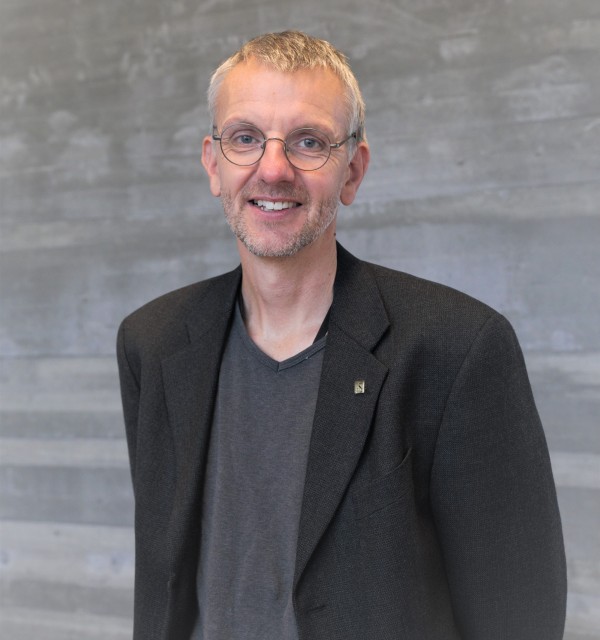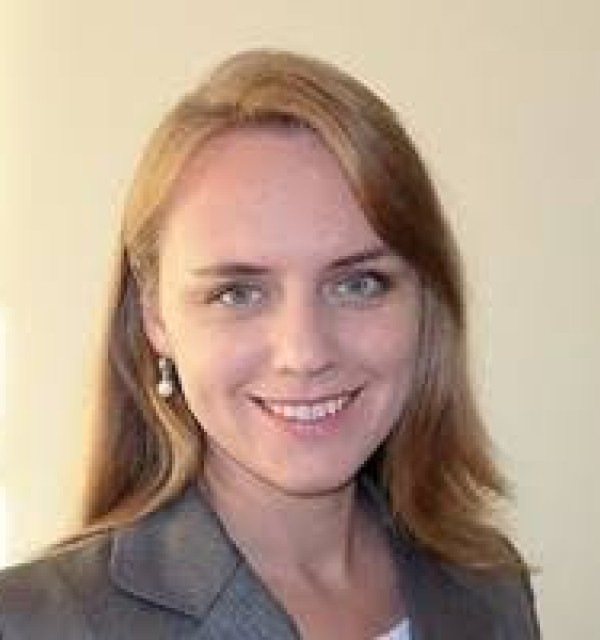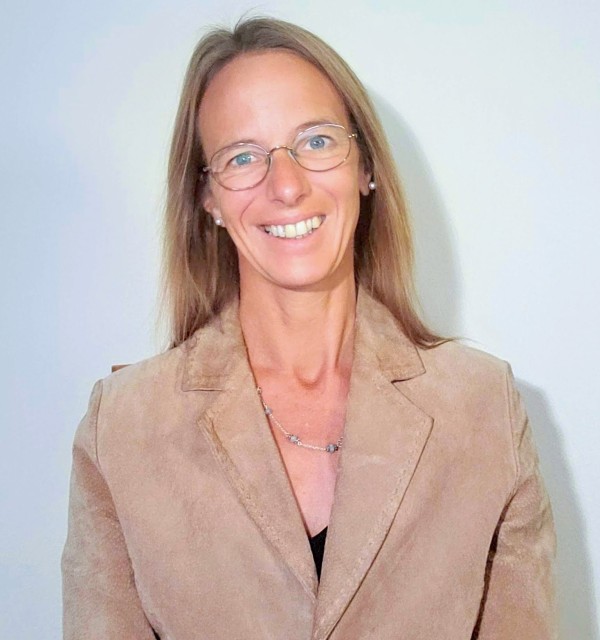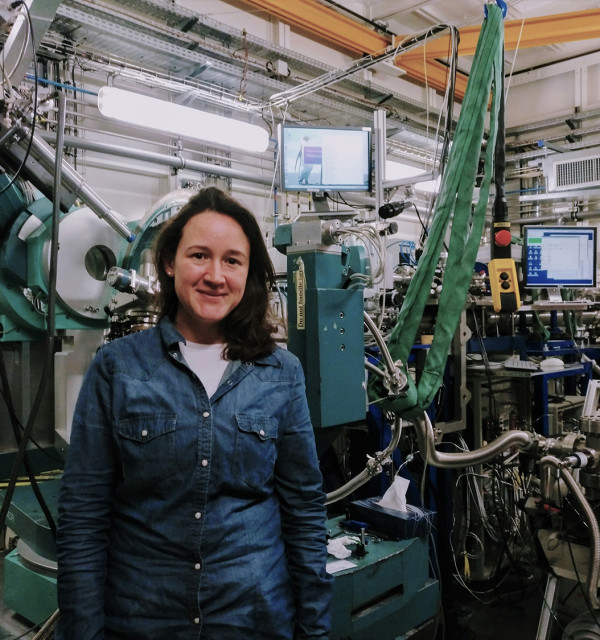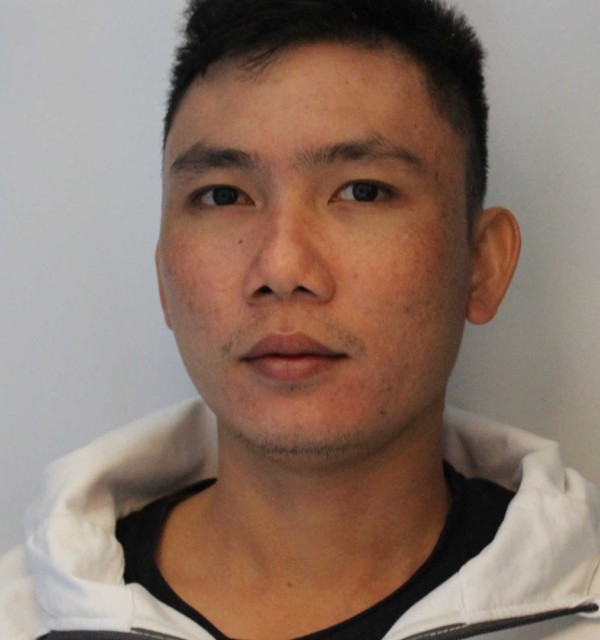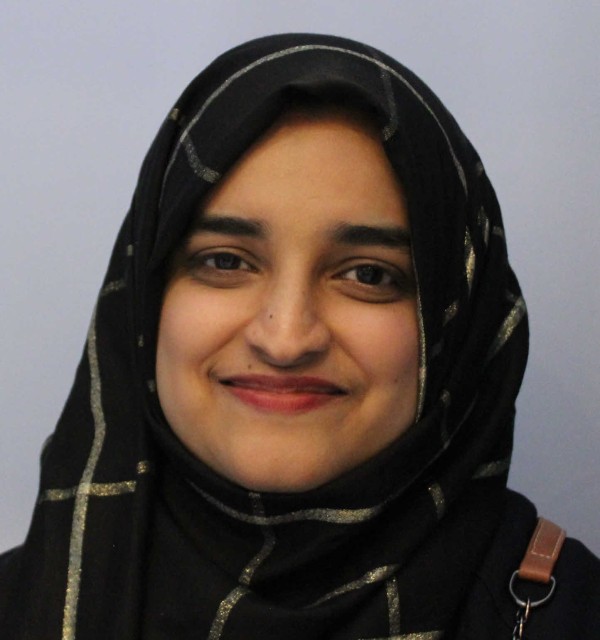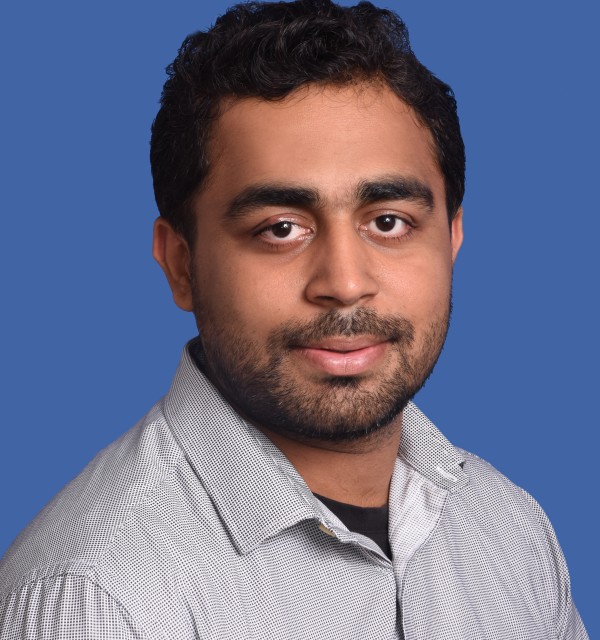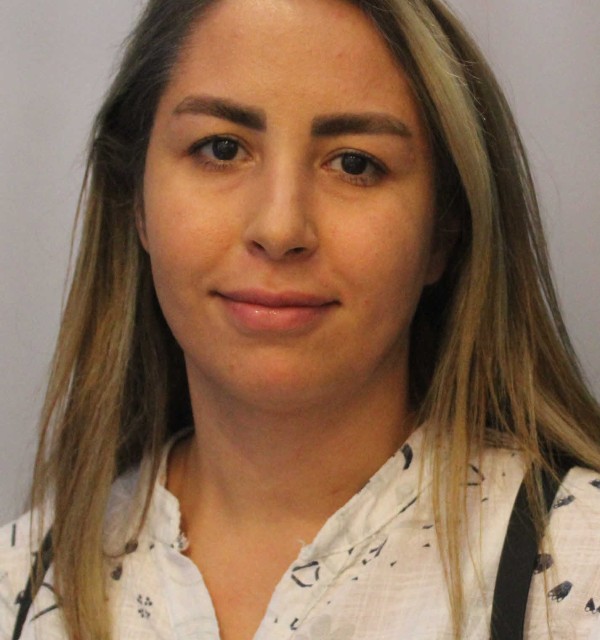Research activities within the materials physics group focus on the structure and dynamics of novel materials.
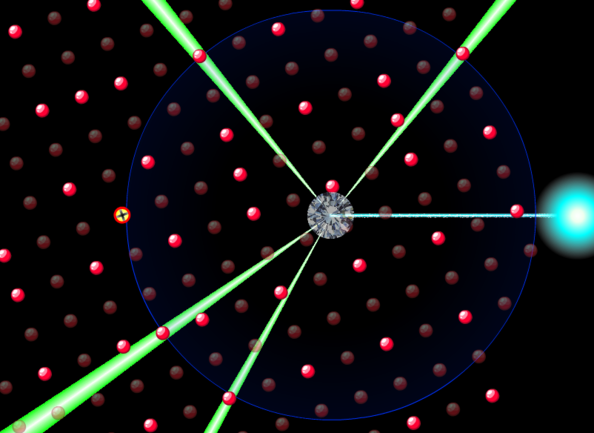
We use international large-scale facilities, such as synchrotron and neutrons sources. These probes interact with the atoms and electrons in our samples.
The analysis of such interactions gives us crucial information about the sample’s atomic arrangement, magnetic structure, distribution of magnetic moments and dynamical processes. These parameters determine the physical properties of the materials and their potential applications. We apply theoretical and numerical approaches to understand the physical properties of materials.
Synthesis and initial characterization of materials is done in house at the materials physics laboratory. Some of the available techniques at our laboratory are x-ray Laue diffraction, Raman spectrometry, thermogravimetry, calorimetry and magnetometry.
Our research activities are within the following areas:
Computational Materials Science
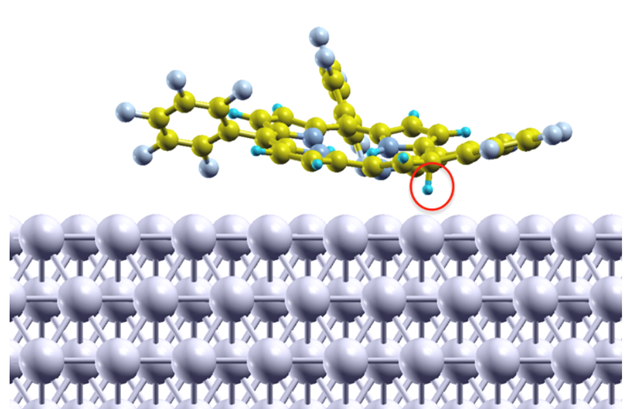
Contact person: Eva Rauls
One big research area is the field of "molecules on surfaces", in which the adsorption of single molecules, the formation of self-assembled adsorbates, and amongst others their electronic, spectroscopic, and catalytic properties are investigated.
Currently, most effort is put into macromolecules like (metal-)corroles on silver surfaces. Another field of interest are amorphous structures like metal oxides, their physical properties and potential for technological applications in photovoltaics or energy storage systems.
In our project "Porous Liquids: New porous liquids for gas separation and carbon capture" (2021-2025), funded by the Research Council of Norway, we aim at developing a new technology for environmentally friendly and efficient separation of carbon dioxide. Our calculations are done in close cooperation with experimental investigations at IKBM (synthesis, characterization).
X-ray methods and crystallography

Contact person: Helge Bøvik Larsen
We use synchrotron methods for the determination of atomic arrangements in highly complex systems, such as disordered alloys, nanocomposites and organic materials.
Parallel to this, we develop mathematical tools for the description of non-standard diffraction geometries, and create crystallographic libraries for calculating quantities relevant to diffraction, such as structure factors and absorption coefficients.
We design and simulate diamond based refractive lenses, which can be used to focus the X-ray beam in the next generation synchrotron sources.
See database and utilities related to crystallography and X-ray scattering
Excitations in matter and neutron scattering methods
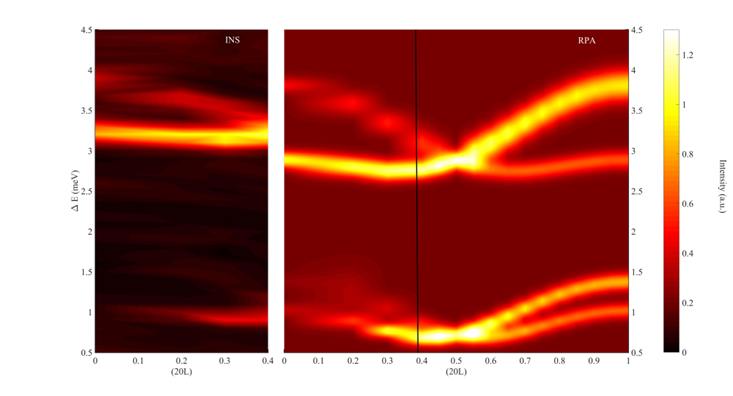
Contact person: Diana Lucia Quintero Castro
New states of matter can be found in the so-called unconventional magnets, from fractional excitations, spinon continua, Bose-Einstein condensation and out of equilibrium phases due to competition between charge, orbital and spin degrees of freedom.
These states are a fertile ground for testing theories and the understanding of them will potentially develop routes for future information technologies.
We investigate in particular the spin arrangements in highly frustrated rare earth magnets, the magnetic excitations in dimer and one-dimensional systems –e.g. Haldane chains- and their reaction towards extreme external environments, such as magnetic field. Neutron scattering methods offer the needed tools to investigate the novel magnetic phenomena found in these systems.
In our UiScatt project (2021-2023), funded by the University of Stavanger, we carry out a series of activities aiming at the consolidation of a large-scale facilities user group within the university. This brings together scientist from the whole faculty and the archeology museum.
In our PHUN project (2021-2025), funded by the Research Council of Norway, we are developing a new experimental methodology based on high-resolution neutron techniques and density functional theory (DFT) to gain accurate insights into the scattering processes governing the phonon lifetime of functional materials, such as thermoelectrics. This project is carried out in collaboration with SINTEF, DTU-ESS and HZB.
Materials for energy storage and conversion

We use various experimental techniques: X-ray diffraction and spectroscopy, Raman spectroscopy in particular - to characterise structure-property relations of materials. A particular interest is in in-situ and operando applications of the techniques for characterisation of dynamic properties, processes and chemical reactions. The materials span over metal hydrides, novel oxyhydrides, oxides, metal-organic frameworks. The focus is on the materials’ properties relevant for application for energy storage and conversion: hydrogen storage, solid-state batteries, photosensitive materials, materials for water splitting, materials for gas storage and recycling of batteries.
Projects:
- COOL LONGBOAT is focused on research and education within materials for solar water splitting (2020-2023). In this project, we characterize structure and physical properties of oxide and oxyhydride thin films.
- MOFsorbMET is developing MOFs for the adsorption-enhanced recovery of critical metals from primary and secondary sources (2021-2024). In this project we use in-situ Raman and X-ray absorption spectroscopy to characterise synthesis and metal uptake in metal-organic frameworks
- HyTack (2022-2026) is a collborative project between UiS, University of South-Easter Norway, IFE, NORCE, and universities in Pune, India, and Tokyo and Tohoku, Japan. The project is directed at educating of new generation of scientists within hydrogen technology. UiS is leading the project.
